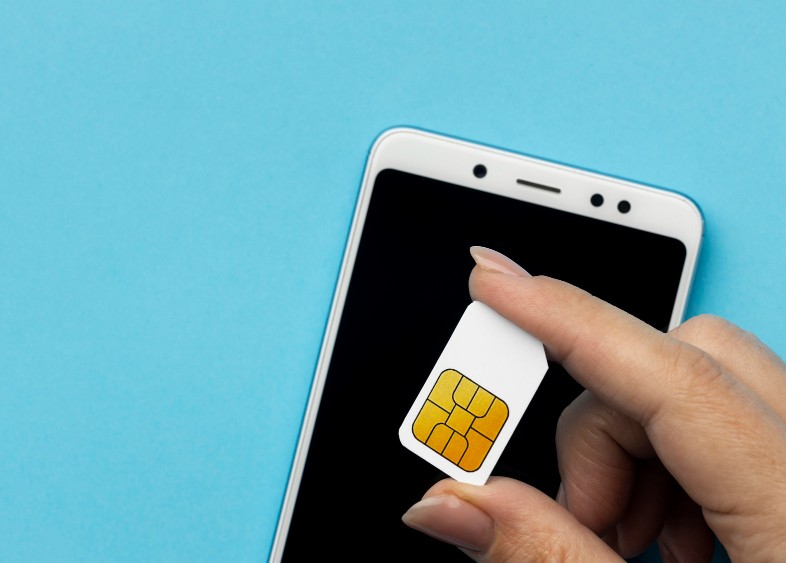Clinging to an old phone? Experts say it could be time for an upgrade

Holding onto a phone that has been left behind by software updates can feel like trying to run a matatu on a footpath; you are no longer on the same road as everyone else.
It is common to see people using the same mobile phone for five or even ten years, nursing it through battery issues, broken screens and sluggish performance. However, experts suggest that this kind of long-term loyalty may be costing more than you realise, and you could be missing out on a lot.
If your smartphone is more than three to five years old, it may be time to let go, even if it still turns on.
More To Read
- Apple officially retires first-generation iPhone SE, marking end of an era
- Is it safe to keep your laptop plugged in all the time?
- OnePlus 15 launches globally, targets Apple and Samsung dominance
- Smart ways to free up phone storage without deleting your favourite photos
- OpenAI’s AI video generator Sora launches on Android after iOS success
- KRA seizes 21,600 smartphones worth Sh16 million in latest tax evasion crackdown
Francis, a technician at the Apple Service Centre at Kimathi House in Nairobi, sees this all the time.
“A customer came in just the other day with an iPhone 7. It could still power on, but it was struggling with even the simplest tasks. Apps would crash, and some wouldn't open at all. The problem is, it’s no longer getting updates, and modern apps are no longer designed to work with it,” he said.
Most smartphone manufacturers only provide software and security updates for a limited time, typically around three years for Android and up to five or six years for Apple or Samsung.
Once those updates stop, your phone becomes vulnerable to cyber threats, data breaches and compatibility issues. This is particularly concerning in Kenya, where many people use their phones for mobile banking, digital loans and accessing government services like e-Citizen.
“People think it’s just fine if their phone still switches on,” said Francis.
“But by the third or fourth year, the internal systems are ageing. It’s like trying to run a modern app on a decade-old computer, it just doesn’t work well anymore.”
One of the first components to deteriorate is the battery.
Francis said that Lithium-ion batteries degrade over time and lose capacity with each charge.
After three years, most users will notice their phone charge no longer lasts a day, often needing to stay connected to the charger.
While replacing the battery might seem like a cheaper solution, the device's overall performance and compatibility continue to decline, and for some phones, once opened by a technician, that is the beginning of the end.
Newer technology
There is also the matter of missing out on newer technology. Modern smartphones come with better cameras, faster processors, improved battery efficiency and enhanced security features.
These are not just gimmicks, they make daily tasks like video calls, navigation, mobile payments and even WhatsApp smoother and more reliable.
Newer phones are also better at handling demanding apps such as mobile banking, health trackers, and games. These apps are frequently updated to improve functionality and security, but older phones often struggle to support them.
This is particularly true if the device is running an outdated operating system, something Francis says he sees all the time.
“When your phone is stuck on Android 10 or iOS 13 and can’t go any higher, it becomes harder to use basic services,” he explained.
“Apps start failing to install or crash more often because they’re built for newer systems. Even WhatsApp and mobile banking apps like M-Pesa, KCB or Equity EazzyApp will eventually stop supporting older software. You end up thinking it is the hardware, but it is because your phone cannot handle a new updated software,” he says.
Without software updates, your phone not only misses out on new features but also becomes increasingly vulnerable to viruses, malware and data theft.
Soft target
Security patches, which are usually bundled in software updates, fix known vulnerabilities that hackers can exploit. This means a phone that has not been updated in years could be a soft target, especially if you are using it for things like mobile money, online shopping or logging into personal accounts.
Francis added that users sometimes notice their phone lagging or freezing and think it is just “full,” when in reality, it is the outdated software failing to handle modern app demands.
“You can clear space all you want, but if your phone can’t process the new software architecture, there’s very little you can do,” he said.
The reality is that the software ecosystem keeps evolving, and developers optimise for newer devices, expecting faster chips, more memory and advanced graphics capabilities.
Holding onto a phone that has been left behind by software updates can feel like trying to run a matatu on a footpath; you are no longer on the same road as everyone else.
Safety and productivity
Francis often tells customers that a phone upgrade is not just about style; it is about safety and productivity.
“If your phone is freezing, restarting on its own, overheating, or can't download apps like your bank’s latest update, those are signs it’s time to move on,” he said.
“You’re also missing important security features that protect your data.”
For those worried about cost, Francis advises keeping an eye out for local deals or offers.
“There are great deals during Tech Week, Black Friday, and other phone promotions,” Francis said.
“Some shops even offer trade-in options where you get a discount by handing in your old device. But you have to be careful; always check what operating system the phone is running. If you buy a device with an outdated system, you’ll end up with the same problems all over again.”
It is easy to feel attached to a phone; after all, we carry them everywhere, use them for nearly everything, and often rely on them for work, parenting and emergencies.
But holding onto an outdated phone comes with hidden costs, from poor performance to serious data security risks.
If your device is over three years old and showing signs of wear or stuck on an old operating system, it may be time to plan for an upgrade.
Top Stories Today














































